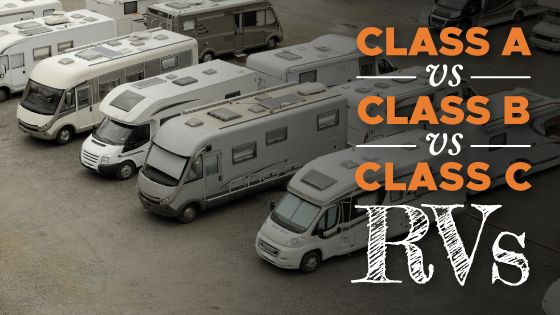This post may contain affiliate links. These links cost you nothing and allow us to keep rolling along and bringing you more helpful content.
I was having dinner with my dad the other night, and we were discussing his new RV. He traded in his old RV for a new one that is a bit bigger.
Unlike us, my dad prefers the class C RV over the class A. He favors the way they drive and likes the cab of the class C better since it is set up much like his truck.
We prefer the class A for the way it drives, how high we sit, and because the “cab” of the class A is so much larger and open. Plus, we really like the size of the windshield on the class A, versus the class C.
I don’t believe that one RV type is better than another as a whole, but I do think that some RVs work better for some people than others. There are six main things to consider about when choosing which RV style, whether to rent or to buy, is most helpful for you.
Factors such as:
- Number of people
- Comfort level driving RVs
- Cost
- Size
- Purpose
- Gas Consumption

Differences
When considering the three motorhome types, there are three styles:
- Class A – These are built on a commercial style truck or bus chassis. Most class As offer a full kitchen, ¾ bath, bedroom with wardrobe, and sitting area with dinette.
- Class B – These are built like an oversized conversion van. The class B usually offers a small sink, refrigerator, sitting/dining area, and sleeping area. Some but not all have a toilet and shower.
- Class C – These are constructed on a uniquely designed passenger truck chassis. The class C is much like the class A in that they offer a bathroom, bedroom (though not always with a wardrobe), full kitchen, and dinette with sitting area. The most significant difference between the class C and class is the cab area. The class C is significantly more compact than the class A.
Size and Capacity
- Class A – 25-50 feet long, but the average length is between 30-36 feet with a sleeping capacity of 6-8 people
- Class B – 20-26 feet long and usually sleeps 2, though some can sleep, 4 people
- Class C – 22–35 feet long and can generally sleep, 4-8 people
Shape
- Class A – These look like a commercial bus. They sit up higher, and most only have the side doors and not doors in the cab. Most have at least one slide outs, if not more.
- Class B – These are commonly called campervans, as their body style is just like a conversion van. These can have a pop-up top, and a few have a single slide out, but most do not.
- Class C – These look like a pickup truck front with a camper attached on top. The cab of the class C is identical to that of a passenger vehicle with both a driver and passenger door, plus a side door behind the cab. Additionally, most class Cs have at least one slide outs, but some of the smaller options do not.
Cost
The prices listed below are based on buying a new motorhome and are just averages. Overall, the class B is the most expensive of the three options for what you get in return for what you pay.
The class C is the best value. You get the most for your money with a class C.
- Class A – $90,000 – $400,000+
- Class B – $85,000 – $150,000+
- Class C – $70,000 – $200,000+
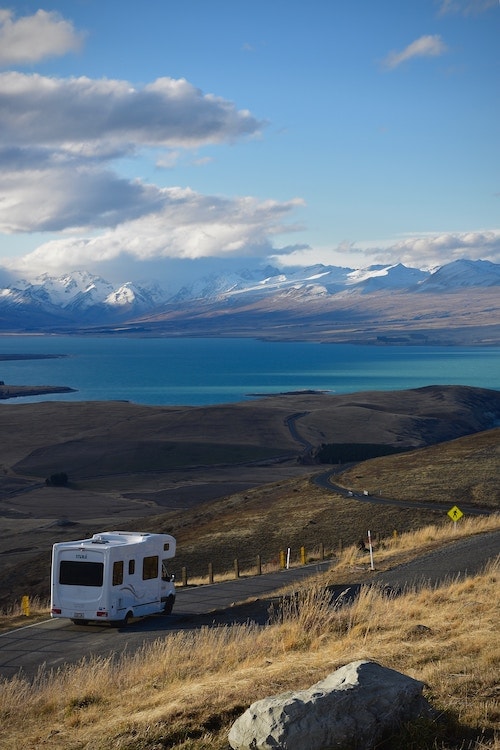
Resale value
The resale value of a motorhome is similar to that of a vehicle in that it depreciates quickly.
However, if you are comparing the three options, the class B retains its value longest, because it is the most durable.
The class B is a motorhome built inside a conversion van body, so retains the metal frame and exterior, decreasing the likelihood of leaks and resisting the normal wear and tear common to most motorhomes.
Mileage
The class B also wins for best mileage. Because of its compact size, the class B can even get as much as 20 MPG.
For second place in mileage, it would have to be a diesel option. The diesel engines allow for better mileage, but the downside is that it also requires greater maintenance.
The mileage between the class A and class C comes down to the size of the motorhome. If they are both gas and the same size, the mileage will be similar.
Best for…
Not all RVs are best for all situations, so below is a list of which motorhomes are the most ideal for different situations. Though in truth, a lot comes down to personal preference.
Before taking the plunge and plopping down a big wad of cash to buy an RV, you should rent a similar camper on RVShare. Try before you buy!
Best for Beginners
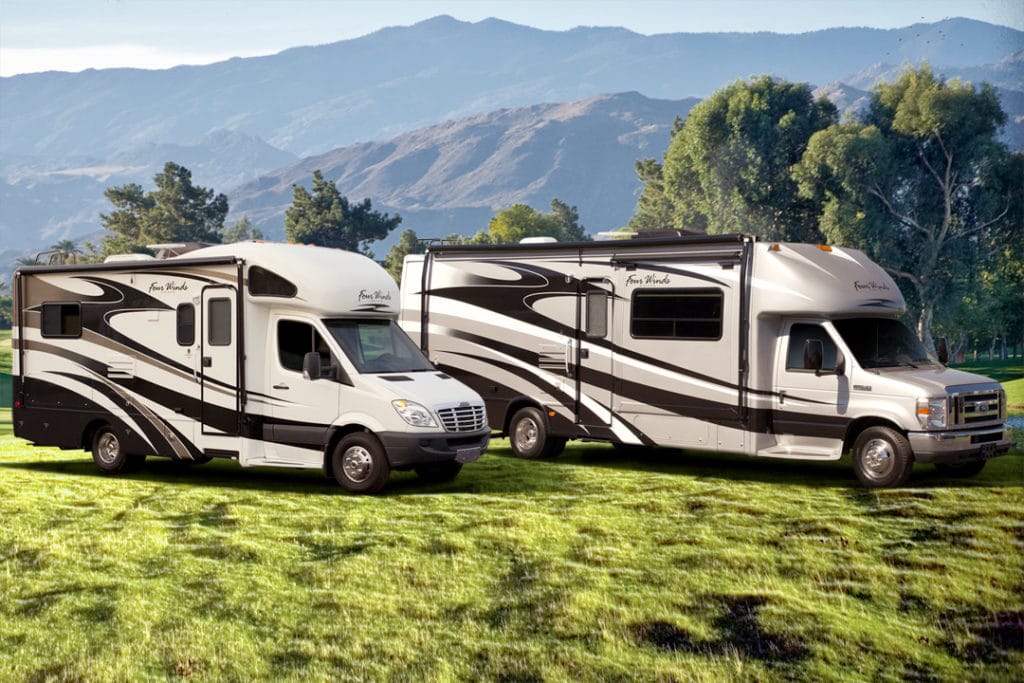
The best beginner RV is the class C.
Because the class C comes in a variety of lengths, it would work well for those who are not yet comfortable driving a larger RV.
The smaller class C models are not that much longer than a commercial van.
Also, because the cab of the class C mimics that of the size and style of passenger truck, the overall driving experience may not be as intimidating as driving a large class A.
Though the class B is smaller than a class C, it is usually a more significant financial investment. Also, because of its small size, it has significantly fewer capacity options.
The class A is a great RV, but it is a larger financial investment and requires a confident driver. Because most class A’s are larger, it is similar to driving a bus and is much more challenging to maneuver in congested areas.
Best for Camping
The best RV for camping is a tie between the class A and class C. Both are excellent choices for camping; they are essentially a house on wheels. Because they both have an abundance of storage areas, you can pack all of the essentials for camping like camp chairs, outdoor tables, and grills.
The class B is nice because you don’t have to worry about it being too long to fit into a campsite, but because of its limited storage space, it can be a challenge to bring everything you need.
Best for Full-Time Living
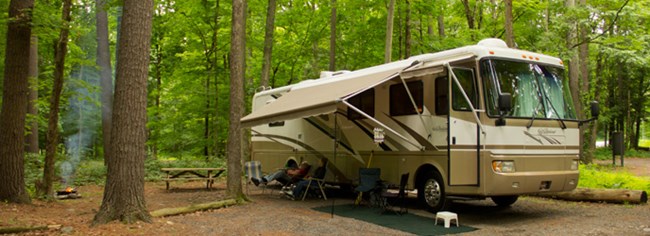
The class A wins this category. The class A has an abundance of storage both inside and out. Also, the cab area is more spacious than the class C, so if you are living in your RV, you must have the space to stretch out comfortably whether you are parked or on the road.
Additionally, the class As have the most luxury options and can easily tow passenger vehicles.
Though the class B would work, it is not ideal because of its size and lack of storage.
Best for the Money
The best option for your money is the class C. It is the least expensive but still has plenty of storage space. It comes in a variety of sizes and floor plan options and can be used for vacation RVing or full-time living.
Though there are more class C luxury options available, the class C is a nice middle of the road option and perfect for those not looking to spend $100,000+ on a new class C.
Best for Safety
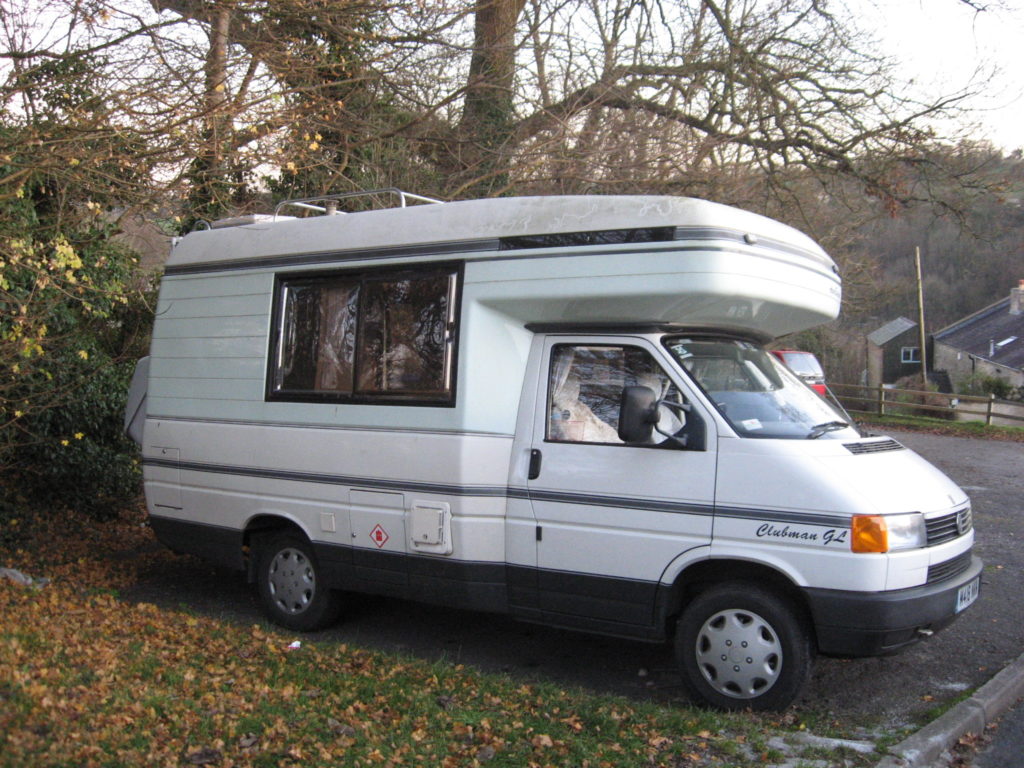
The class B is the safest of the three motorhome types. The class B has all of the same safety features found on any passenger vehicle, including, shoulder belts in the backseat.
The class C has the second most safety features of the RVs. The safety feature found in the class C , but not in the class A, are the airbags in the cab area.
The biggest drawback for class As is the lack of safety features.
Unlike most passenger vehicles class As and Cs lack airbags, lane departure warnings, shoulder seatbelts in the rear areas, and emergency braking assistance[1].
Best for Touring
Unless you want to pull a car behind, a class B is best when your interests lay beyond the campground. The class B can go almost anywhere a passenger vehicle goes. So, if you enjoy traveling and spending time in the local towns and cities the class B will give you the flexibility to go just about anywhere.
Final Thoughts
Though my preference is the class A, I know it isn’t for everyone. For those just starting, I would strongly encourage you to talk to other RV owners and get their opinions on the pros and cons of their RV experience.
Also, I think that renting before buying an RV is always best. It will give you a greater feel for what will work for you and your family.
I know for us, we had the opportunity to try several options before buying, which helped us to narrow down our search when we were ready to make the big plunge.

